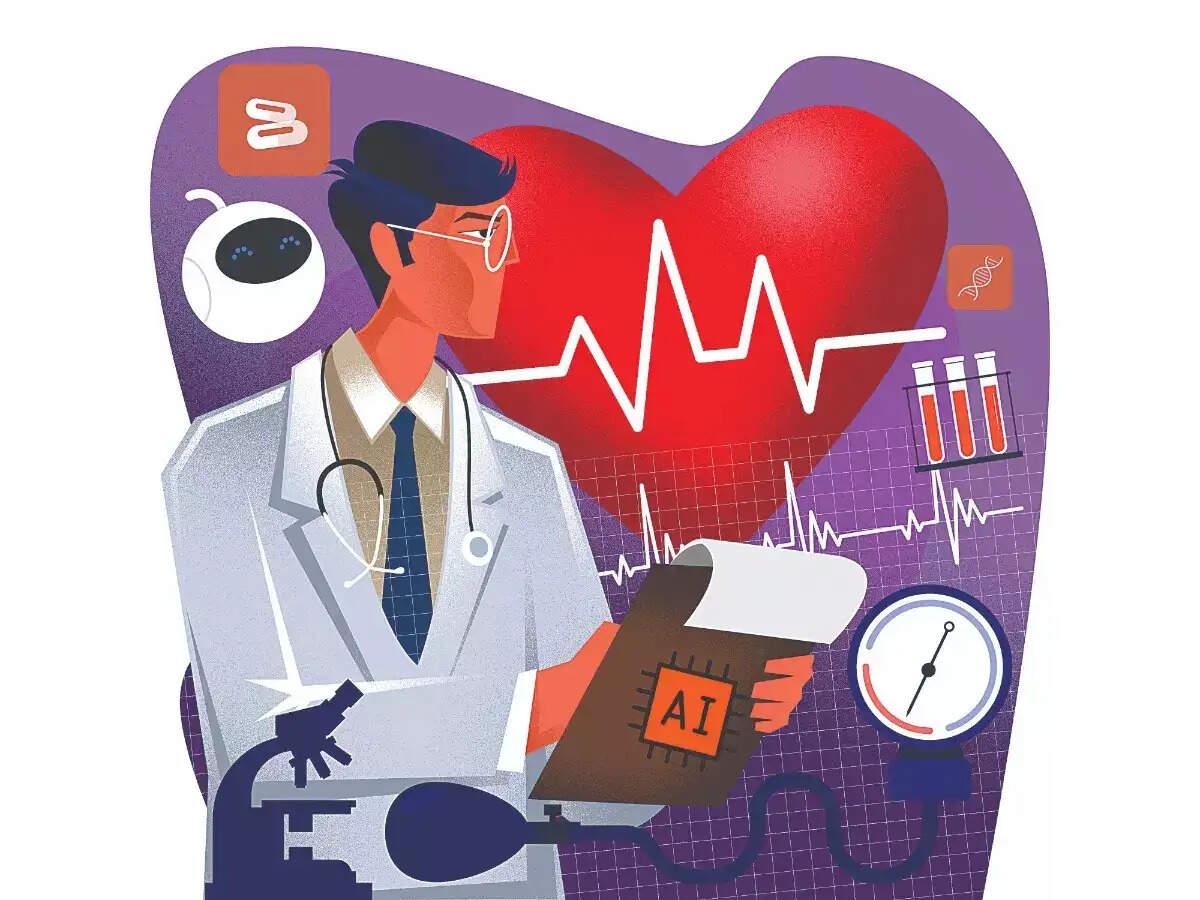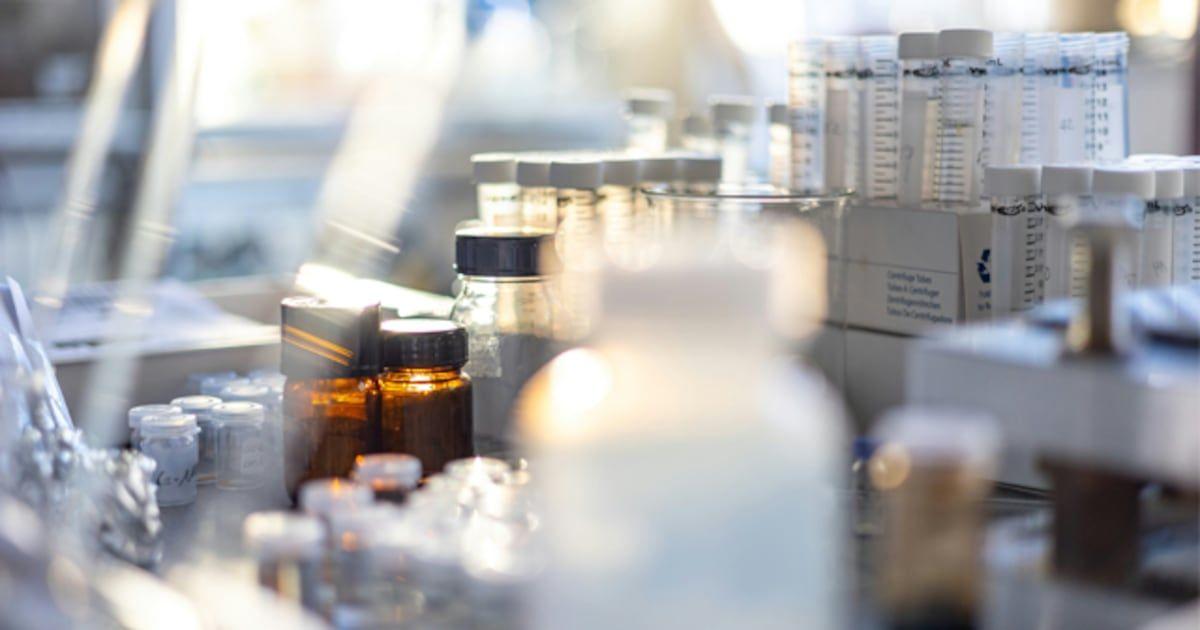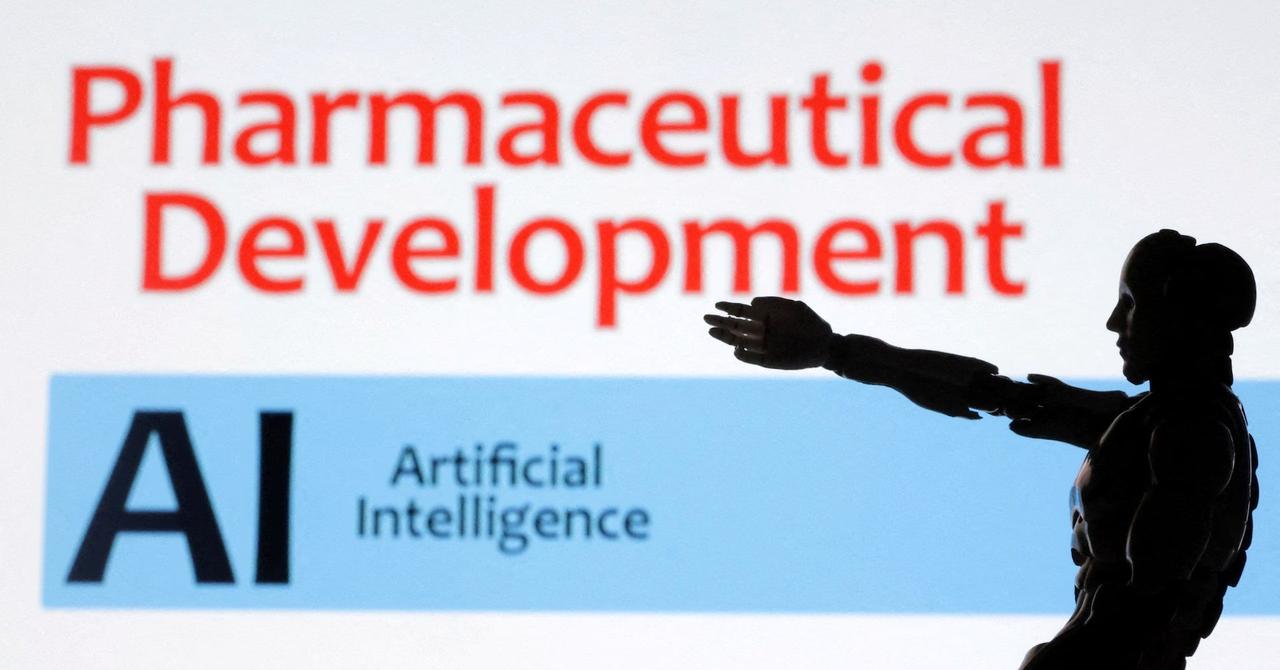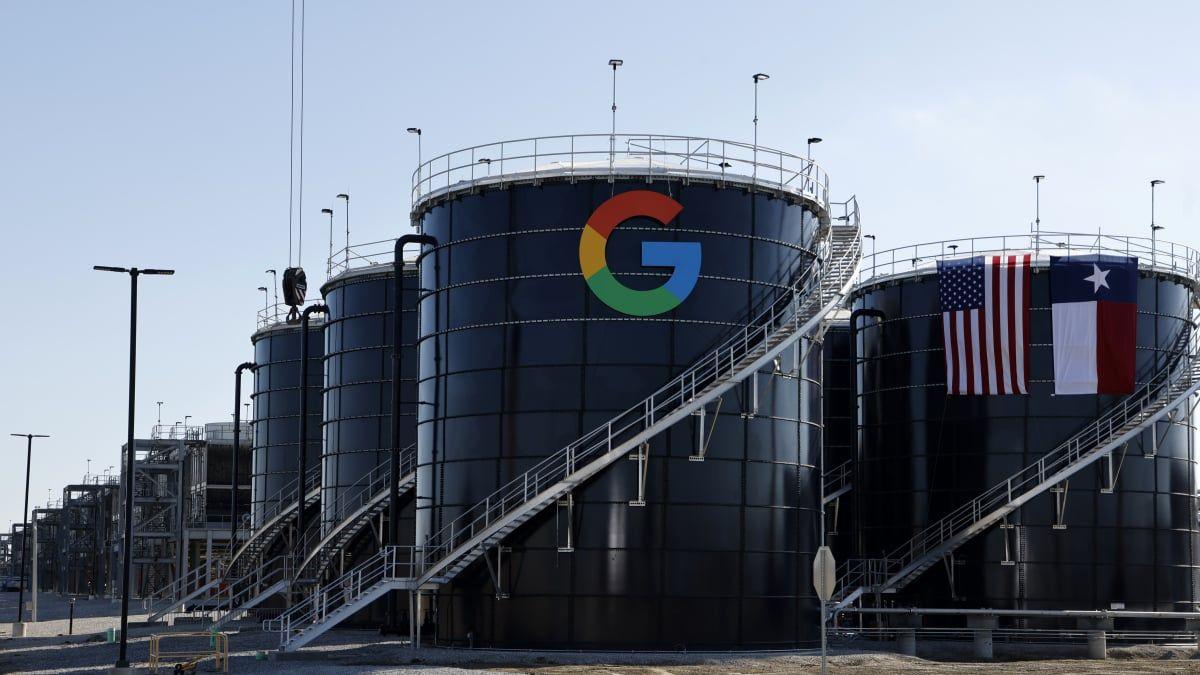AI-Driven Drug Discovery Accelerates as FDA Pushes to Reduce Animal Testing
4 Sources
4 Sources
[1]
AI-driven drug discovery picks up as FDA pushes to reduce animal testing
Sept 2 (Reuters) - Drug developers are increasing adoption of AI technologies for discovery and safety testing to get faster and cheaper results, in line with an FDA push to reduce animal testing in the near future. Within the next three to five years, using AI and cutting back on animal testing could reduce timelines and costs by at least half, according to 11 different experts from across contract research firms, biotech companies and brokerages. Drug development software maker Certara (CERT.O), opens new tab, and biotechs such as Schrodinger (SDGR.O), opens new tab and Recursion Pharmaceuticals (RXRX.O), opens new tab are already using AI to predict how experimental drugs might be absorbed, distributed, or trigger toxic side effects. "We are getting to the point where we don't actually need to do that (animal testing) anymore," said Patrick Smith, president of drug development solutions at Certara, which works with companies developing infectious diseases drugs such as monoclonal antibodies for hepatitis B. Recursion said its AI-based drug discovery platform took just 18 months to move a molecule into clinical testing as a cancer drug candidate, far faster than the industry average of 42 months. Analysts at TD Cowen and Jefferies expect these AI-driven approaches to cut costs and timelines by more than half, from current estimates of up to 15 years and $2 billion needed to bring a drug to market. The shift also aligns with the FDA's vision of approaches such as AI-driven technologies, human cell models and computational models becoming the new standard, as the agency plans to make animal studies the exception for pre-clinical safety and toxicity testing in three to five years. The new approaches are expected to ultimately lead to lower drug prices as well, the U.S. Food and Drug Administration had said in its April statement that outlined a road map for companies to reduce reliance on animal testing, especially for monoclonal antibody drugs. Still, industry experts have said the new methods are unlikely to fully replace animal testing. Under current FDA requirements for monoclonal antibodies, companies conduct studies in animals to test for any harmful effects of a drug. These studies typically take between one to six months, and require about 144 non-human primates on average, at a cost of $50,000 each, according to the agency. NEW APPROACH Charles River (CRL.N), opens new tab, one of the world's largest research contractors, is among the industry mainstays investing in AI and the so-called "new approach methodologies". These NAMs use AI, computer-based modeling and machine learning as well as human-based models such as organs-on-chips to predict how a drug might work in the body. An organ-on-a-chip is a small device lined with living human cells that replicate key functions of an organ. Charles River's NAM portfolio already generates about $200 million in annual revenue. SMALLER PLAYERS STEPPING IN InSphero is testing safety and efficacy in 3D liver models - where lab-grown liver microtissues help replicate the functions of the organ. New York-based Schrodinger combines physics-based simulations with AI to predict drug toxicology. But industry experts say in the near future, companies will use a hybrid approach, reducing animal testing and supplementing with data from these new methods. "I don't think we'll get to a point immediately, in the near term where all of a sudden, animal testing is gone entirely," said Brendan Smith, a life sciences and biotech analyst at TD Cowen. Reporting by Sneha S K and Puyaan Singh in Bengaluru; Editing by Devika Syamnath Our Standards: The Thomson Reuters Trust Principles., opens new tab
[2]
AI-Driven Drug Discovery Picks up as FDA Pushes to Reduce Animal Testing
Within the next several years, using AI and cutting back on animal testing could reduce drug timelines and costs by at least half. Drug developers are increasing adoption of AI technologies for discovery and safety testing to get faster and cheaper results, in line with an FDA push to reduce animal testing in the near future. Within the next three to five years, using AI and cutting back on animal testing could reduce timelines and costs by at least half, according to 11 different experts from across contract research firms, biotech companies and brokerages. Drug development software maker Certara, and biotechs such as Schrodinger and Recursion Pharmaceuticals are already using AI to predict how experimental drugs might be absorbed, distributed, or trigger toxic side effects. "We are getting to the point where we don't actually need to do that (animal testing) anymore," said Patrick Smith, president of drug development solutions at Certara, which works with companies developing infectious diseases drugs such as monoclonal antibodies for hepatitis B. Recursion said its AI-based drug discovery platform took just 18 months to move a molecule into clinical testing as a cancer drug candidate, far faster than the industry average of 42 months. Analysts at TD Cowen and Jefferies expect these AI-driven approaches to cut costs and timelines by more than half, from current estimates of up to 15 years and $2 billion needed to bring a drug to market. The shift also aligns with the FDA's vision of approaches such as AI-driven technologies, human cell models and computational models becoming the new standard, as the agency plans to make animal studies the exception for pre-clinical safety and toxicity testing in three to five years. The new approaches are expected to ultimately lead to lower drug prices as well, the U.S. Food and Drug Administration had said in its April statement that outlined a road map for companies to reduce reliance on animal testing, especially for monoclonal antibody drugs. Still, industry experts have said the new methods are unlikely to fully replace animal testing. Under current FDA requirements for monoclonal antibodies, companies conduct studies in animals to test for any harmful effects of a drug. These studies typically take between one to six months, and require about 144 non-human primates on average, at a cost of $50,000 each, according to the agency. Charles River, one of the world's largest research contractors, is among the industry mainstays investing in AI and the so-called "new approach methodologies". These NAMs use AI, computer-based modeling and machine learning as well as human-based models such as organs-on-chips to predict how a drug might work in the body. An organ-on-a-chip is a small device lined with living human cells that replicate key functions of an organ. Charles River's NAM portfolio already generates about $200 million in annual revenue. InSphero is testing safety and efficacy in 3D liver models - where lab-grown liver microtissues help replicate the functions of the organ. New York-based Schrodinger combines physics-based simulations with AI to predict drug toxicology. But industry experts say in the near future, companies will use a hybrid approach, reducing animal testing and supplementing with data from these new methods. "I don't think we'll get to a point immediately, in the near term where all of a sudden, animal testing is gone entirely," said Brendan Smith, a life sciences and biotech analyst at TD Cowen. Reporting by Sneha S K and Puyaan Singh in Bengaluru; Editing by Devika Syamnath. The final deadline for the 2025 Inc. Best in Business Awards is Friday, September 12, at 11:59 p.m. PT. Apply now.
[3]
AI-driven drug discovery picks up as FDA pushes to reduce animal testing - The Economic Times
Drug development software maker Certara, and biotechs such as Schrodinger and Recursion Pharmaceuticals are already using AI to predict how experimental drugs might be absorbed, distributed, or trigger toxic side effects.Drug developers are increasing adoption of AI technologies for discovery and safety testing to get faster and cheaper results, in line with an FDA push to reduce animal testing in the near future. Within the next three to five years, using AI and cutting back on animal testing could reduce timelines and costs by at least half, according to 11 different experts from across contract research firms, biotech companies and brokerages. Drug development software maker Certara, and biotechs such as Schrodinger and Recursion Pharmaceuticals are already using AI to predict how experimental drugs might be absorbed, distributed, or trigger toxic side effects. "We are getting to the point where we don't actually need to do that (animal testing) anymore," said Patrick Smith, president of drug development solutions at Certara, which works with companies developing infectious diseases drugs such as monoclonal antibodies for hepatitis B. Recursion said its AI-based drug discovery platform took just 18 months to move a molecule into clinical testing as a cancer drug candidate, far faster than the industry average of 42 months. Analysts at TD Cowen and Jefferies expect these AI-driven approaches to cut costs and timelines by more than half, from current estimates of up to 15 years and $2 billion needed to bring a drug to market. The shift also aligns with the FDA's vision of approaches such as AI-driven technologies, human cell models and computational models becoming the new standard, as the agency plans to make animal studies the exception for pre-clinical safety and toxicity testing in three to five years. The new approaches are expected to ultimately lead to lower drug prices as well, the U.S. Food and Drug Administration had said in its April statement that outlined a road map for companies to reduce reliance on animal testing, especially for monoclonal antibody drugs. Still, industry experts have said the new methods are unlikely to fully replace animal testing. Under current FDA requirements for monoclonal antibodies, companies conduct studies in animals to test for any harmful effects of a drug. These studies typically take between one to six months, and require about 144 non-human primates on average, at a cost of $50,000 each, according to the agency. New approach Charles River, one of the world's largest research contractors, is among the industry mainstays investing in AI and the so-called "new approach methodologies". These NAMs use AI, computer-based modeling and machine learning as well as human-based models such as organs-on-chips to predict how a drug might work in the body. An organ-on-a-chip is a small device lined with living human cells that replicate key functions of an organ. Charles River's NAM portfolio already generates about $200 million in annual revenue. Smaller players stepping in InSphero is testing safety and efficacy in 3D liver models - where lab-grown liver microtissues help replicate the functions of the organ. New York-based Schrodinger combines physics-based simulations with AI to predict drug toxicology. But industry experts say in the near future, companies will use a hybrid approach, reducing animal testing and supplementing with data from these new methods. "I don't think we'll get to a point immediately, in the near term where all of a sudden, animal testing is gone entirely," said Brendan Smith, a life sciences and biotech analyst at TD Cowen.
[4]
AI-driven drug discovery picks up as FDA pushes to reduce animal testing
Drug developers are increasing adoption of artificial intelligence (AI) technologies for discovery and safety testing to get faster and cheaper results, in line with an FDA push to reduce animal testing in the near future. Within the next three to five years, using AI and cutting back on animal testing could reduce timelines and costs by at least half, according to 11 different experts from across contract research firms, biotech companies and brokerages. Drug development software maker Certara, and biotechs such as Schrodinger and Recursion Pharmaceuticals are already using AI to predict how experimental drugs might be absorbed, distributed, or trigger toxic side effects. "We are getting to the point where we don't actually need to do that (animal testing) anymore," said Patrick Smith, president of drug development solutions at Certara, which works with companies developing infectious diseases drugs such as monoclonal antibodies for hepatitis B. Recursion said its AI-based drug discovery platform took just 18 months to move a molecule into clinical testing as a cancer drug candidate, far faster than the industry average of 42 months. Analysts at TD Cowen and Jefferies expect these AI-driven approaches to cut costs and timelines by more than half, from current estimates of up to 15 years and US$2 billion needed to bring a drug to market. The shift also aligns with the FDA's vision of approaches such as AI-driven technologies, human cell models and computational models becoming the new standard, as the agency plans to make animal studies the exception for pre-clinical safety and toxicity testing in three to five years. The new approaches are expected to ultimately lead to lower drug prices as well, the U.S. Food and Drug Administration had said in its April statement that outlined a road map for companies to reduce reliance on animal testing, especially for monoclonal antibody drugs. Still, industry experts have said the new methods are unlikely to fully replace animal testing. Under current FDA requirements for monoclonal antibodies, companies conduct studies in animals to test for any harmful effects of a drug. These studies typically take between one to six months, and require about 144 non-human primates on average, at a cost of $50,000 each, according to the agency. Charles River, one of the world's largest research contractors, is among the industry mainstays investing in AI and the so-called "new approach methodologies." These NAMs use AI, computer-based modeling and machine learning as well as human-based models such as organs-on-chips to predict how a drug might work in the body. An organ-on-a-chip is a small device lined with living human cells that replicate key functions of an organ. Charles River's NAM portfolio already generates about $200 million in annual revenue. InSphero is testing safety and efficacy in 3D liver models - where lab-grown liver microtissues help replicate the functions of the organ. New York-based Schrodinger combines physics-based simulations with AI to predict drug toxicology. But industry experts say in the near future, companies will use a hybrid approach, reducing animal testing and supplementing with data from these new methods. "I don't think we'll get to a point immediately, in the near term where all of a sudden, animal testing is gone entirely," said Brendan Smith, a life sciences and biotech analyst at TD Cowen.
Share
Share
Copy Link
Drug developers are increasingly adopting AI technologies for discovery and safety testing, aligning with FDA's push to reduce animal testing. This shift could potentially halve drug development timelines and costs within the next few years.
AI Revolutionizes Drug Discovery and Testing
In a significant shift for the pharmaceutical industry, drug developers are increasingly turning to artificial intelligence (AI) technologies for discovery and safety testing. This move aligns with the U.S. Food and Drug Administration's (FDA) push to reduce animal testing in the near future, potentially transforming the landscape of drug development
1
2
3
4
.
Source: ET
Dramatic Reduction in Time and Costs
According to experts from contract research firms, biotech companies, and brokerages, the adoption of AI and reduction in animal testing could slash drug development timelines and costs by at least half within the next three to five years
1
2
. This represents a dramatic improvement over current estimates, which suggest it takes up to 15 years and $2 billion to bring a drug to market1
3
.AI's Current Applications in Drug Development
Several companies are already leveraging AI in their drug development processes:
- Certara: Uses AI to predict drug absorption, distribution, and potential side effects
1
2
3
. - Schrodinger: Combines physics-based simulations with AI for drug toxicology prediction
1
3
. - Recursion Pharmaceuticals: Their AI-based platform moved a cancer drug candidate into clinical testing in just 18 months, significantly faster than the industry average of 42 months
1
2
3
.
FDA's Vision and New Approach Methodologies

Source: BNN
The FDA envisions AI-driven technologies, human cell models, and computational models becoming the new standard for pre-clinical safety and toxicity testing
1
2
. This aligns with the development of "new approach methodologies" (NAMs), which include:- AI and machine learning
- Computer-based modeling
- Human-based models like organs-on-chips
Charles River, a major research contractor, has already generated about $200 million in annual revenue from its NAM portfolio
1
3
.Related Stories
Potential Impact on Drug Prices and Animal Testing
The FDA suggests these new approaches could ultimately lead to lower drug prices
1
2
. Currently, animal studies for monoclonal antibodies typically require about 144 non-human primates, costing $50,000 each1
3
. While the new methods are expected to significantly reduce animal testing, experts believe a hybrid approach will be used in the near future1
2
3
.Challenges and Future Outlook

Source: Reuters
Despite the promising advancements, industry experts caution that these new methods are unlikely to fully replace animal testing in the immediate future
1
2
3
. Brendan Smith, a life sciences and biotech analyst at TD Cowen, notes, "I don't think we'll get to a point immediately, in the near term where all of a sudden, animal testing is gone entirely"1
2
3
4
.As the pharmaceutical industry continues to evolve, the integration of AI and new testing methodologies promises to accelerate drug discovery, potentially bringing life-saving treatments to patients faster and at lower costs.
References
Summarized by
Navi
Related Stories
Recent Highlights
1
Google launches Gemini 3 Flash as default AI model, delivering speed with Pro-grade reasoning
Technology

2
OpenAI launches GPT Image 1.5 as AI image generator war with Google intensifies
Technology

3
OpenAI launches ChatGPT app store, opening doors for third-party developers to build AI-powered apps
Technology








